Flock Hill, the chicest sheep station in the world
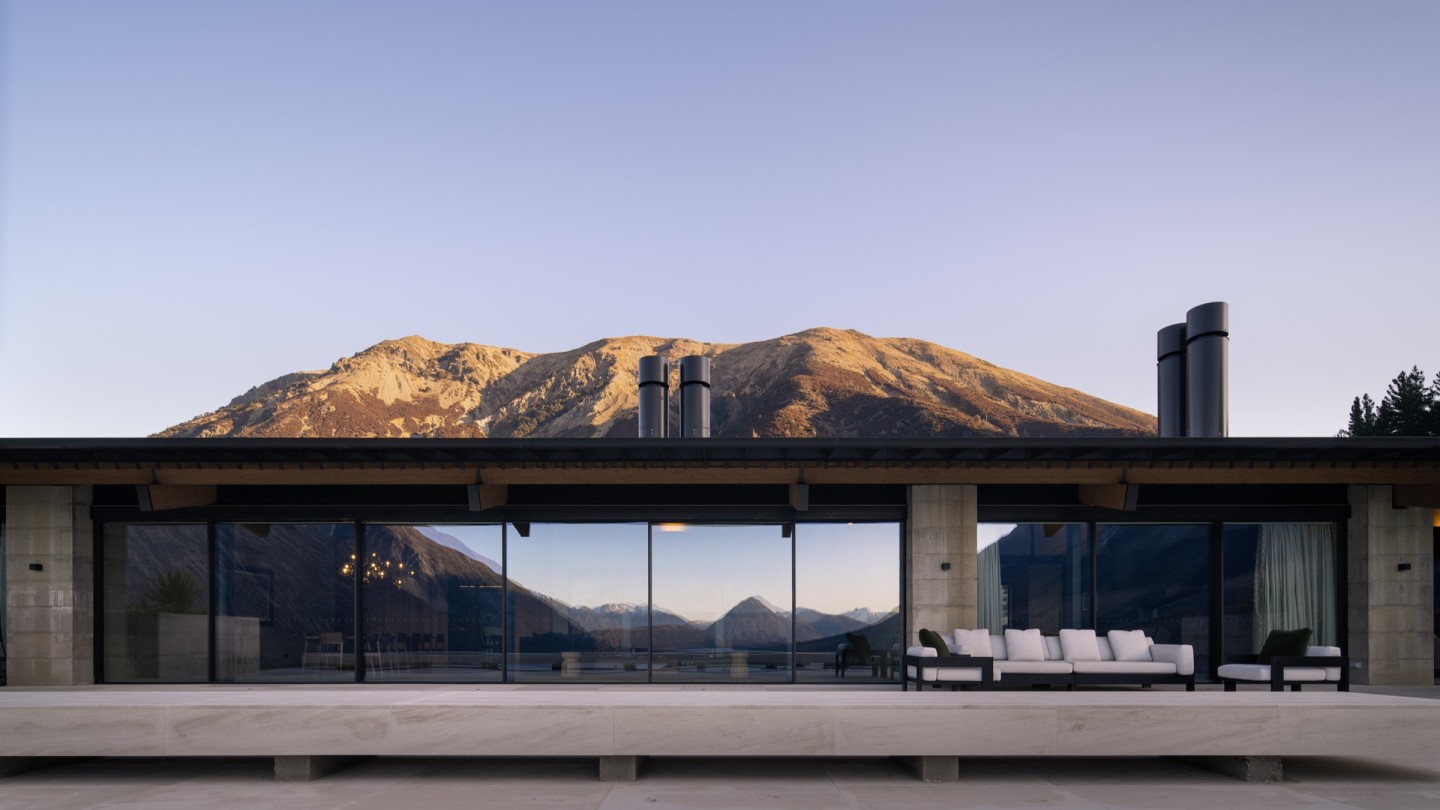
Roula Khalaf, Editor of the FT, selects her favourite stories in this weekly newsletter.
The Southern Alps, an expanse of mountains that runs the length of New Zealand’s South Island, are perhaps the country’s most recognisable landscape. The snow-capped peaks, bucolic hills and glassy lakes have played backdrop to fantastical film sets, been plastered onto wine bottles and used as marketing material to sell merino wool. They are framed as both imposing obstacles to conquer and as idyllic symbols, as in Cass, the painting by New Zealand modernist Rita Angus, whose portrayal of a small red railway station set against the undulating earth earned her global acclaim.
In the eastern part of the Alps, an area the Dalai Lama once called “the spiritual centre of the universe”, lies Flock Hill Station, a working farm of 36,000 acres that includes – as of this month – a luxury homestead. The new accommodation was completed over two years at a cost of around NZD$12mn (about £6.2mn), and has been designed as an elegant base from which to explore the wild beauty of this part of the country.
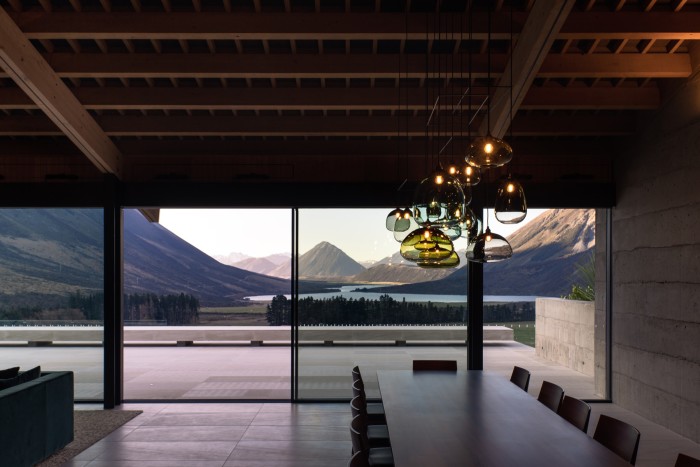
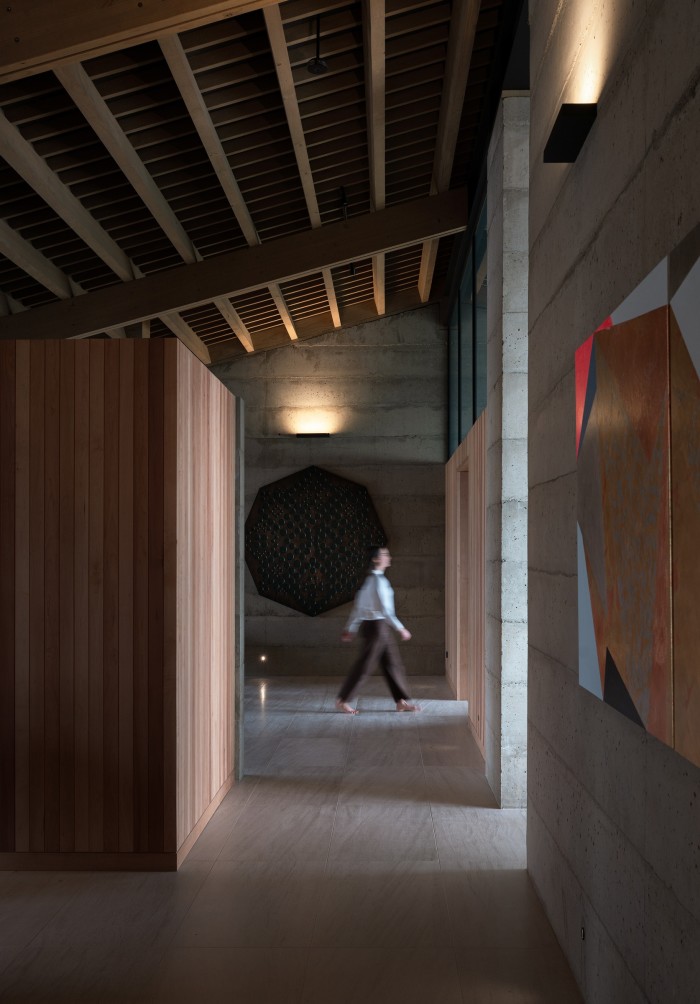
Flock Hill is one of the better-known farms around these parts. It was first established in 1857 by an early Australian settler, between the glacial-blue Waimakariri River and Craigieburn Range, and was named after the scattered boulders atop one of its hills, which look from afar like a flock of sheep. The land was once a crucial route between the east and west coast for Māori to trade pounamu, a type of jade found only in the South Island of New Zealand and used for making tools, weapons and ornaments. In the mid-19th century, when mining was a vital part of New Zealand’s economic and social structure, the farm had a coal mine, and the TranzAlpine Railway – a scenic route that winds from Christchurch to Greymouth – still traverses the land. Flock Hill also acted as the scene for the great battle in The Chronicles of Narnia: The Lion, the Witch and the Wardrobe, as well as a series of scenic dance parties in the early 2000s.
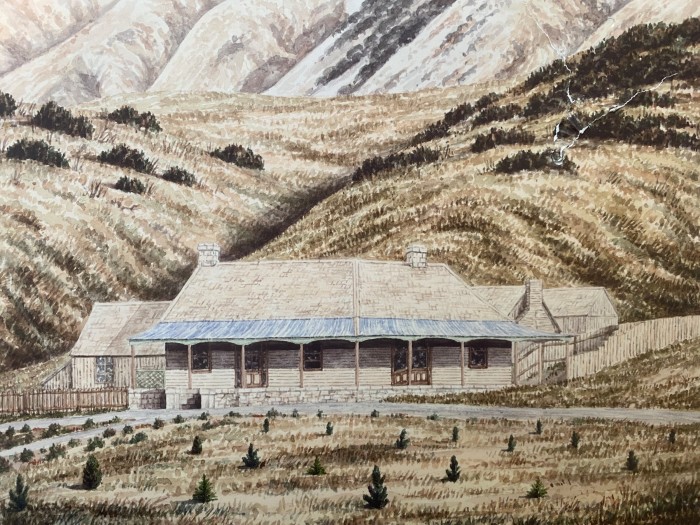
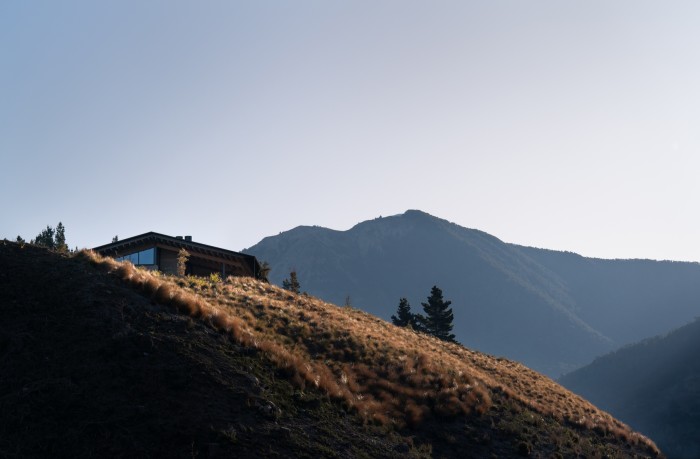
The original weatherboard homestead on the farm, constructed in 1857, still stands – albeit precariously – today. The building is arguably more storied than the land on which it resides: one alleged account tells of a row between a hungry digger and a cook over a meal, which ended in two fatal shots. Another details a self-inflicted accident, which occurred during a visit to the region by Prince Alfred, when one of His Highness’s journeymen walked into a door frame with a loaded gun.
The new Flockhill homestead, built up the hill from the original, is more salubrious. Arriving by helicopter – a spectacular, 30-minute commute over plains, rivers and mountains from Christchurch – illustrates how well the building is positioned to best capture the station’s views: a long, thin, single-storey construction, perched atop a hill, it allows the eye to dip down across pastures and out toward Sugarloaf Mountain and Lake Pearson, with Arthur’s Pass National Park further beyond.
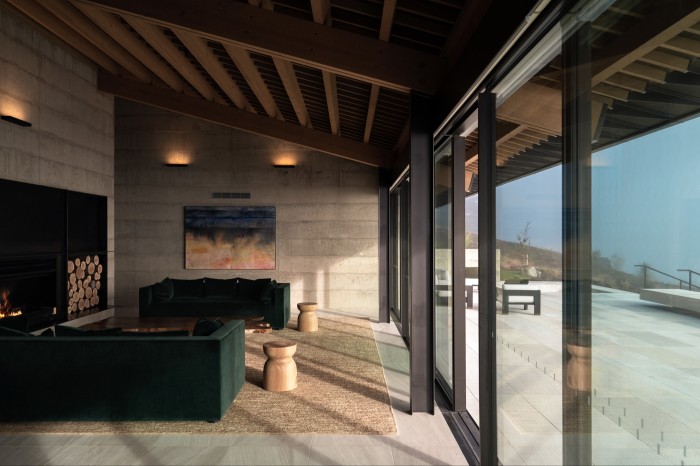
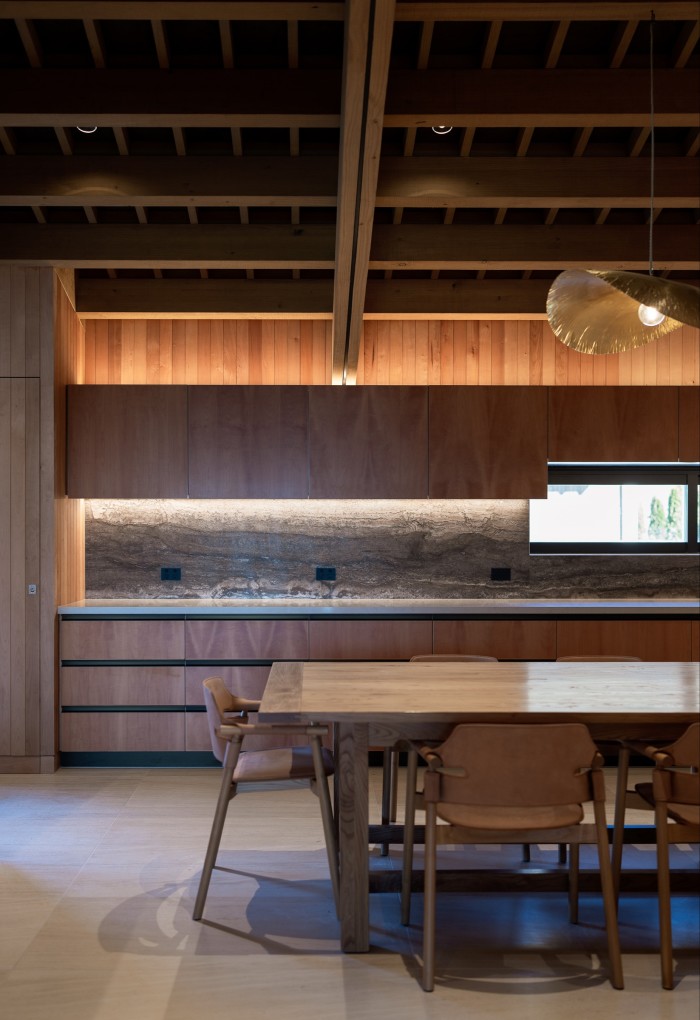
“You would never normally be allowed to build in such a visual spot in this part of the world,” says lodge manager Andrew Cullen, “but every station is entitled to build a homestead wherever they want on the property.” The accommodation was originally conceived as a place to stay for Flock Hill’s American owners, but it then morphed into a site that could host them and other vacationers. Cullen and his wife, Sandra, who have managed luxury stays for Aman in Indonesia and Treetops Lodge & Estate in Rotorua, worked side by side with the owners to realise an elegant sanctuary amid this most exclusive landscape.
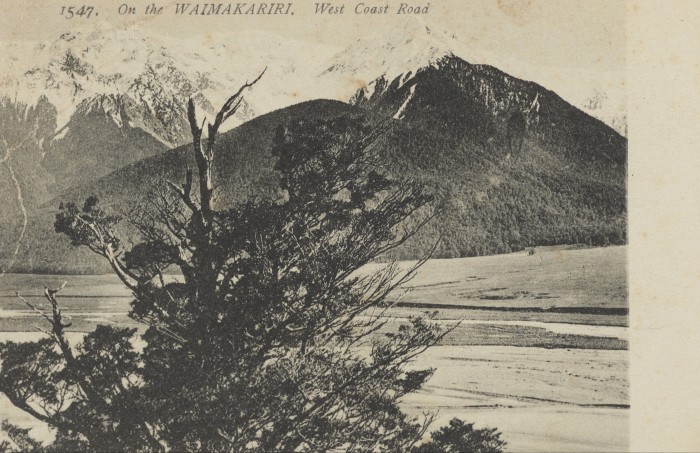
New Zealand doesn’t have the rich historical architecture of France’s regal châteaux or Italy’s rustic villas. Instead, Flockhill proposes a blueprint for modern New Zealand design, employing a host of local talent to create a space that brings the outdoors inside. Architecture firm Warren & Mahoney used the area’s distinct rock formations as muse, with limestone cladding around the fireplaces and on selected walls, and ran exposed timber beams along its pitched roof to reflect the dense woods that cover the surrounding hills. A large paved terrace, which gazes unencumbered out over the property’s epic panorama, is fitted with a fire pit, heated pool and spa.
The Christchurch-based interior designer Jessica Close was brought on board to counteract the rugged outdoors with refined, warm and unpretentious furnishings: in the living room, a braided jute rug by New Zealand company Nodi is softened by a velvety sofa and armchairs, set before a giant fire. The dining room table is made from rescued river Mataī, a black pine endemic to New Zealand, while handblown glass pendant lights from Auckland-based Monmouth overhang it. For the den – an entertainment room complete with a vinyl record deck – Close commissioned a custom sofa by New Zealand design studio Simon James, in a space bedecked by sheepskin and lambswool throws. Another relaxed zone includes a bar, games and a curation of books. The same thoughtful theme carries into the four double bedrooms, which all have private terraces, gas fireplaces, en suites and deep bathtubs.
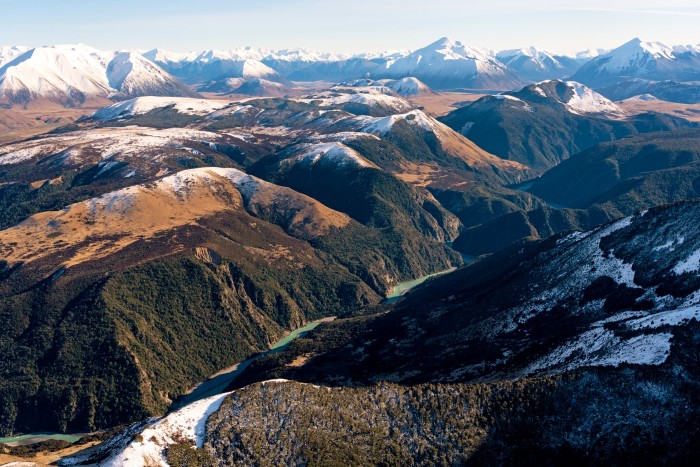
The homestead is designed to be rented out by single parties of up to eight adults or older children. The nightly price (from about £6,250) includes continental or cooked breakfasts, picnic lunches and a private chef who concocts adaptable dinners, made from locally sourced ingredients, which can be served as a four-course spread, family-style or from the barbecue. And the food and drinks assortment offers a tasting tour of New Zealand produce: the wine cellar is stacked with Central Otago pinot noirs and Marlborough sauvignon blancs, the liquor cabinet has an assortment of locally distilled gins and whiskies, truffles come from growers in Canterbury and mānuka honey, sourced from the farm itself, lends sweetness to both dishes and drinks.
Flockhill’s experienced guides are also on hand to take guests around the station’s land, which encompasses waterfalls, lakes, mountains and caves. Activities include seasonal fly fishing in nearby Broken River or Winding Stream – where you’ll find salmon, rainbow trout and wild brown trout – e-biking along the property’s various tracks, exploring Cave Stream, which snakes for 362m underground, or kayaking and paddleboarding on Lake Moanarua. There are also six ski fields nearby, including Craigieburn Valley and Broken River.
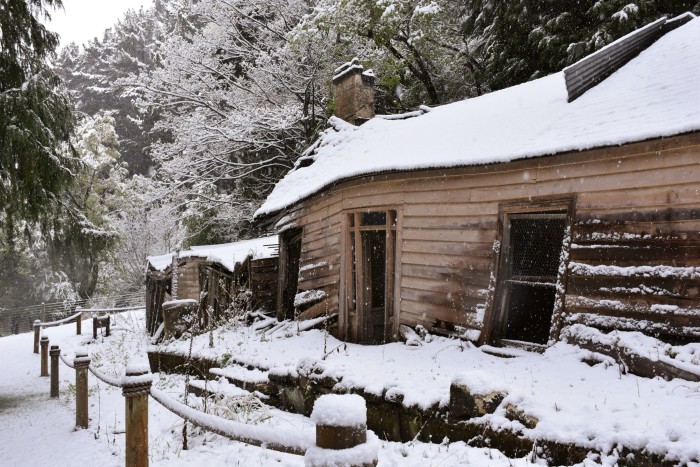
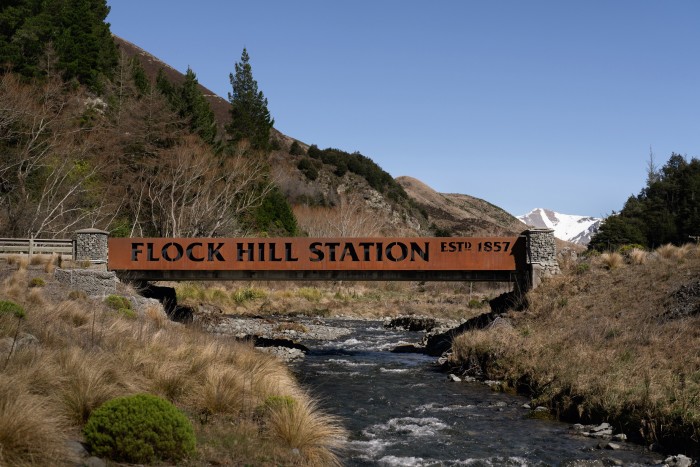
Flockhill’s hiking trails, meanwhile, creep over the very hills the area is famous for. One route takes a 9.5km track past the old Avoca Coal Mine, where an abandoned locomotive, Geraldine, has rested since 1916. Another journeys across an escarpment, overlooking dense beechwood forests towards Broken Hill, and through the station’s boulder fields, where imposing mounds of limestone – thought to be 30 to 40 million years old – are interspersed among the red tussock that grows in the fields.
Some of the farm managers’ time also goes into conserving the land: the team works with Canterbury University to cull invasive plant species such as wilding pine which threaten the South Island’s native flora.
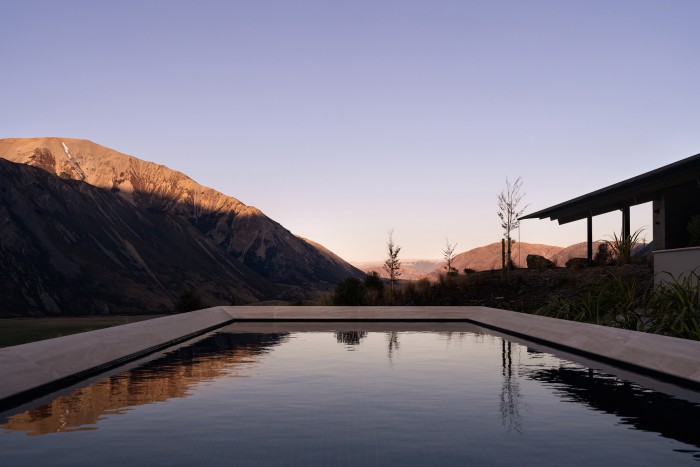
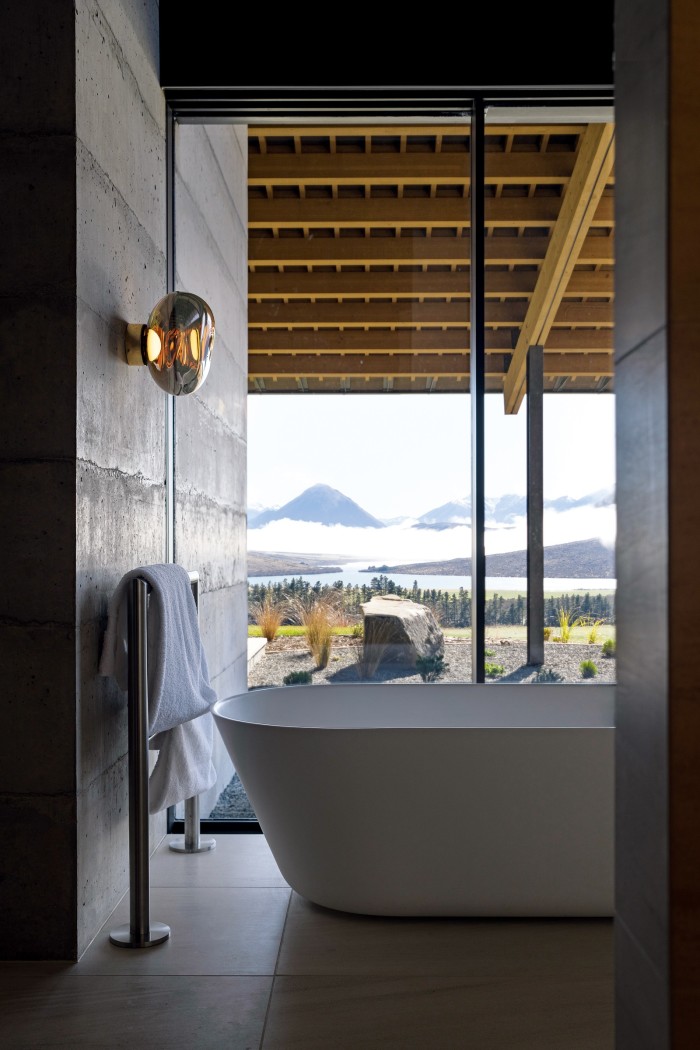
Further plans, too, are underway to expand Flockhill’s luxury accommodation, including building 14 new villas and a spa that will host a three-month revolving door of practitioners. Within the next two years, the owners will open a dedicated restaurant, with its own gardens and greenhouses from which to source seasonal produce.
“We really want it to be a place that attracts people who are interested in exploring the outdoors,” explains Cullen. Certainly, the homestead’s unparalleled location and array of outdoor pursuits make for a fine way to experience an area that might, in real life, be even more beautiful than the fantasy.
Jessica Beresford stayed as a guest of Flockhill. Exclusive use of the lodge, including meals, for up to eight guests, costs from about £6,250 per night. Transportation from Christchurch to Flockhill by helicopter was courtesy of GCH Aviation, from about £1,580
Comments